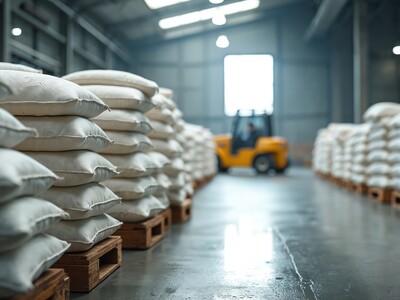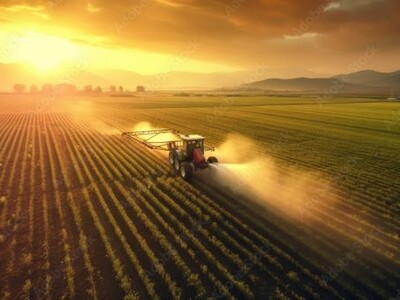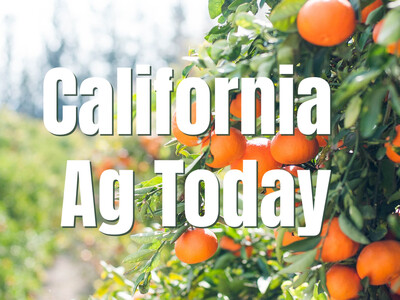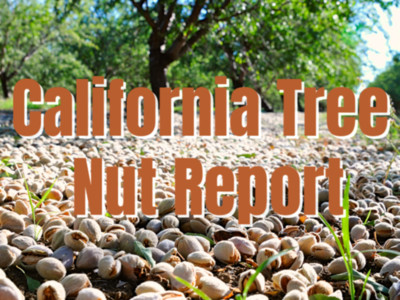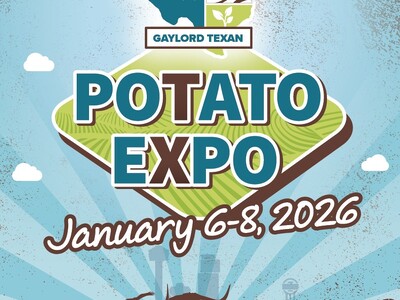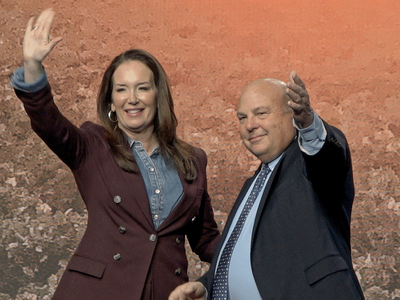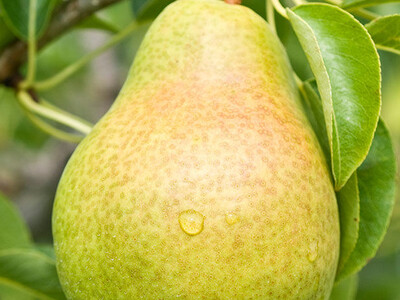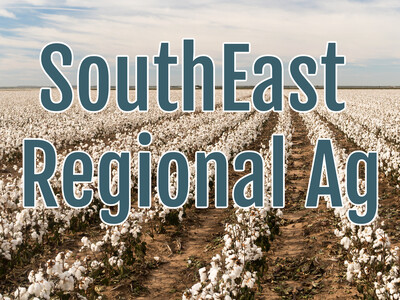Running By Rail
Running By Rail. I’m Greg Martin with today’s Line On Agriculture.
Getting your products to market in a timely manner has always been crucial. But if that market is on the other side of the U.S. it can present some definite challenges. Four years ago an idea was born that has grown exponentially and at the same time saved producers of northwest products time, money and energy according to Jim Kleist, VP of West Coast Operations for Railex in Burbank, Washington.
KLEIST: What we have is basically a land-bridge. We leave Wallula and 124 hours guaranteed, we’re making it in about 110 we take this train which can consist of anywhere from 35 to 70 railcars depending on the time of the year and the season and right now we’re doing it twice a week and we shoot it straight into Albany, NY. And so it doesn’t stop anywhere, it doesn’t come apart, it goes as a unit all the way across country.
This insures that fresh produce can remain fresh. Kleist says the same cars return to their starting point to be loaded and delivered again.
KLEIST: We’re running on today’s train I have a lot of apples frozen, onions, pears potatoes, wine and that’s pretty much the major commodities coming out of Washington. We’ve done cherries; we’ve done asparagus. We’ve done just about anything you can imagine that’s food compatible.
The products can all be tracked via the web 24-7.
KLEIST: All these cars are the latest generation composite, gps, satellite track, fresh air exchange if required refrigerated cars. Most everything we do is stuff that is perishable. We built a couple of these long skinny buildings one here in Wallula, the other one in Rotterdam and we have a third one just north of Bakersfield in Delano, California.
They do hope to soon expand into the southeast. Kleist says that this method of getting produce from point A to point B is very energy efficient as well.
KLEIST: This is really the most efficient use of existing assets, which also happens to be the greenest form of transportation there is. Since our inception I believe we have saved over 20-million gallons of diesel –net- versus sending this stuff across country in a truck. And our carbon footprint is one of the lowest carbon footprints there is and typically very competitively priced. We also have forward warehousing on the other side to get your product delivered or to have someone pick it up or to sell it.
That’s today’s Line On Agriculture. I’m Greg Martin on the Ag Information Network.






